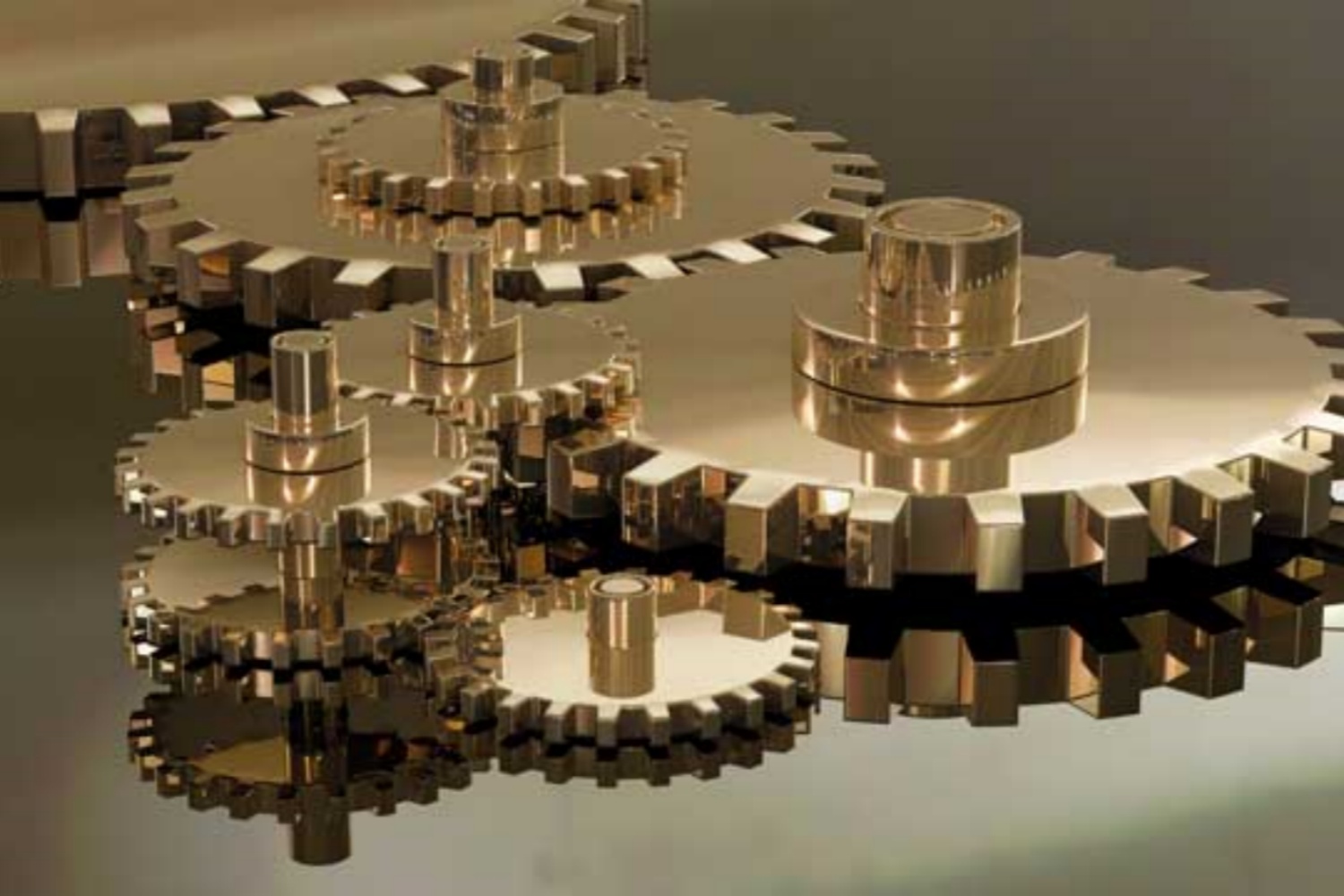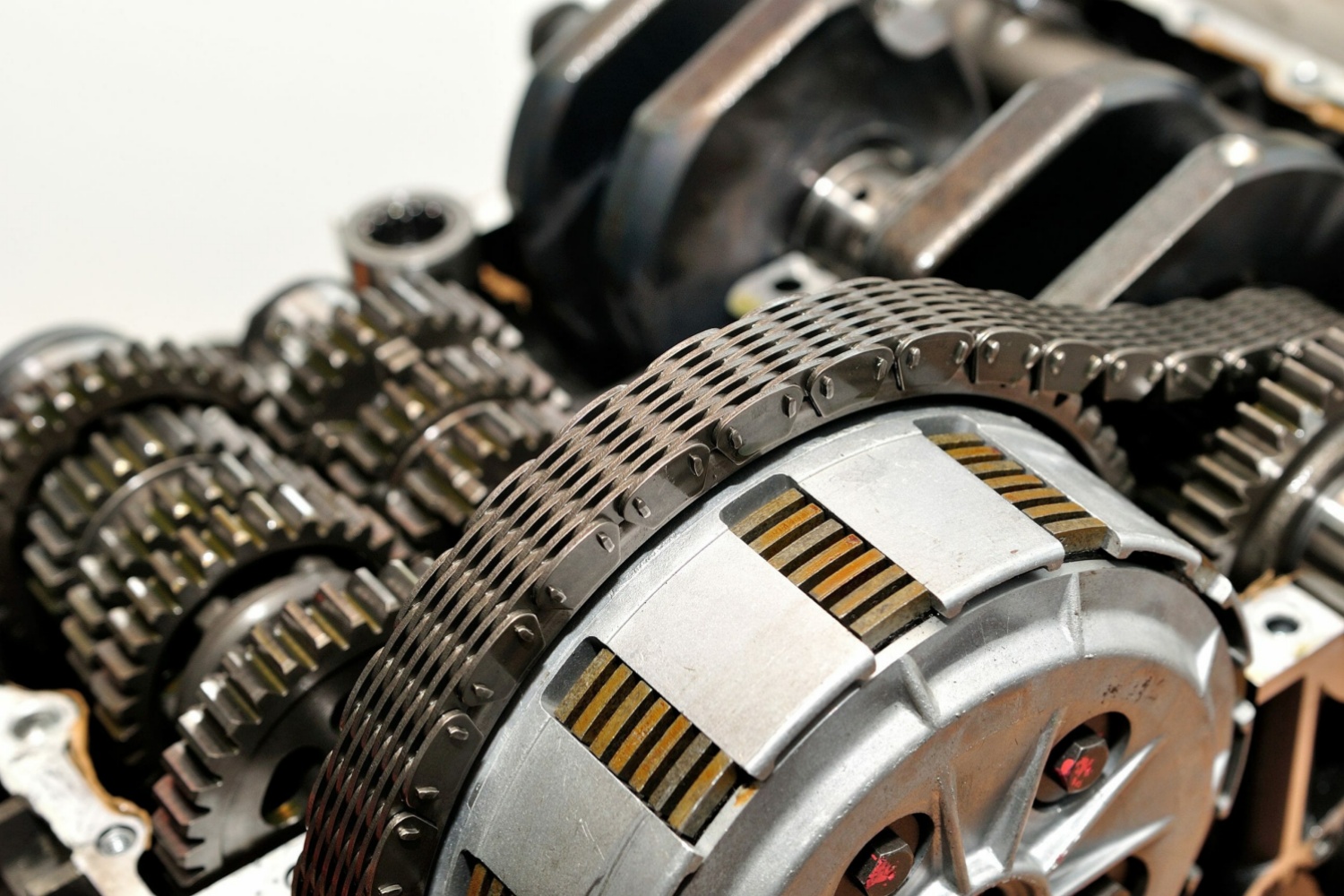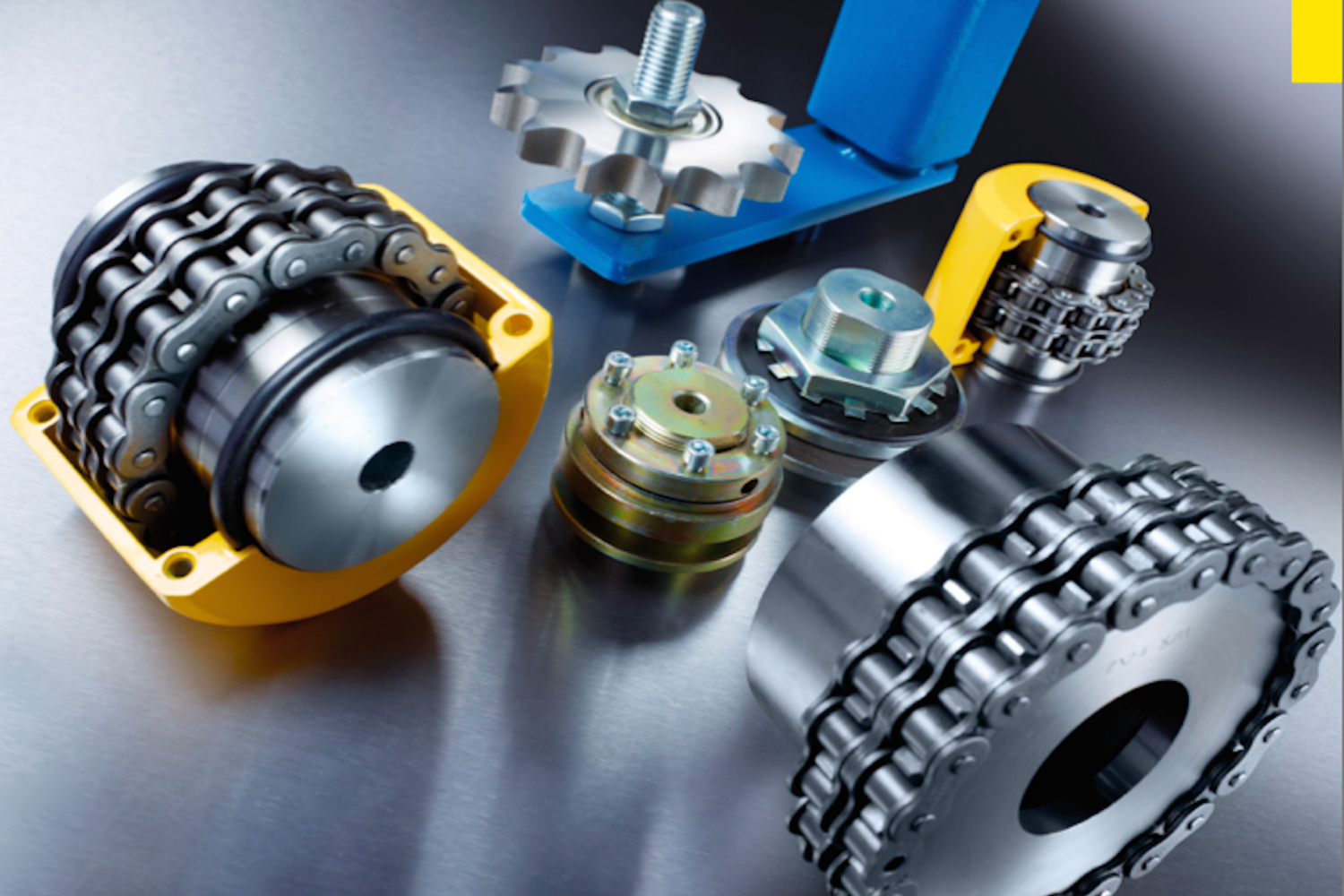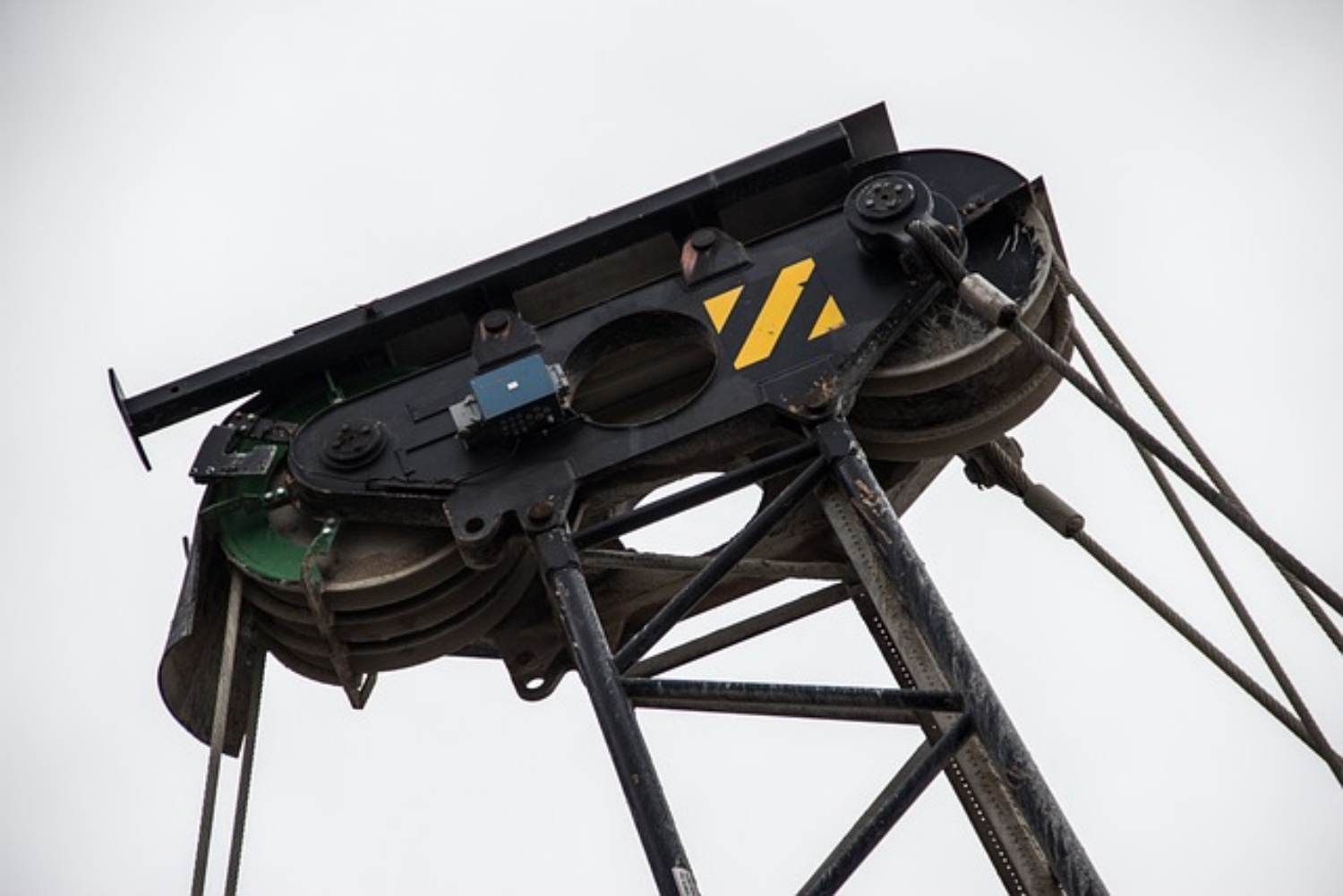Spur gears, the most straightforward and prevalent type of cylindrical gears, play a pivotal role in the world of machinery. Characterized by their parallel and coplanar shafts with straight teeth aligned parallel to the axis, these gears stand out for their simplicity in design and versatility in application.
The Basics of Spur Gears
Spur gears are distinguished by their involute tooth profile, which meshes one tooth at a time, allowing for smooth operation. The involute design ensures that the gears generate only radial forces, eliminating axial stress and minimizing the load on gear teeth. However, this direct engagement results in higher stress on the teeth and elevated noise levels, making spur gears more suitable for lower speed applications, although they can technically operate across a broad speed range.
The design principle behind spur gears adheres to the fundamental law of gearing. This law states that the angular velocities of meshing gears must remain constant throughout the engagement, ensuring efficient and consistent power transmission. The involute profile—a curve generated from the unwinding of a string around a circle—facilitates this by maintaining a single point of contact that rolls without slipping, moving along the tooth surfaces as the gears rotate.
Material Choices and Manufacturing
Spur gears can be crafted from a variety of materials, including metals like steel and brass for strength and durability, or plastics such as nylon and polycarbonate for quieter operation. The choice of material impacts the gear’s strength, noise level, and suitability for specific applications. Metal gears are preferred for their robustness, while plastic gears offer a less noisy but less durable alternative.
External and Internal Spur Gears
There are two primary configurations of spur gears: external and internal. External spur gears feature teeth cut on the outer surface of the cylinder, meshing together to rotate in opposite directions. Internal spur gears, on the other hand, have teeth on the inside surface of the cylinder, allowing an external gear to sit inside and rotate in the same direction. This arrangement makes internal gear assemblies more compact and is commonly used in planetary gear drives.
Diverse Applications
Spur gears find their applications in a multitude of settings, from simple machinery to complex industrial systems. They stand out for their capacity to slow down speed and amplify torque, making them perfect for heavy-duty equipment such as ball mills and crushing machines. Spur gears, despite producing more noise, serve in high-speed applications, including household appliances like washing machines and blenders. They reliably and efficiently serve the automotive sector. Their uses include aircraft engines, trains, and even bicycles for smooth power transmission.
Spur gears are a fundamental component in mechanical engineering, offering a blend of simplicity, efficiency, and versatility. Their design principles, material choices, and configurations make them suitable for a wide range of applications. This includes everything from industrial machinery to consumer products. Understanding the basics of spur gears is essential for engineers and designers. This knowledge enables them to harness their full potential in developing efficient and reliable mechanical systems.
CONTINUE READING
Related Posts
Roller chain couplings are integral components in various industrial applications, facilitating efficient power transmission between shafts. Their economic impact and […]
Roller chain couplings are widely employed in various industrial applications to efficiently transmit power between two shafts. Understanding their advantages […]
In the world of mechanical engineering, the importance of power transmission components cannot be overstated. Among these, V-pulleys play a […]






